Outer Space & Universe
Outer Space & Universe
Space, also known as outer space, is the near-vacuum between celestial bodies. It is where everything (all of the planets, stars, galaxies and other objects) is found.
On Earth, space begins at the Kármán line (100 km above sea level). This is where Earth's atmosphere is said to stop and outer space begins. This is not a firm boundary but is a convention used by scientists and diplomats.
Items in space are free to move back and forth; up and down; and left and right. These three dimensions are what make 3D space. Items also move forward through time, which is sometimes called the fourth dimension.
The majority of space contains very little matter and so most of it is a vacuum. Scientists do not know how big space is but we do know that space is extremely big, and is always expanding.
According to the big bang theory, all matter and energy in the Universe was compressed into a very small space. Then it exploded and started expanding. Space is still growing in size today; this means the distance from one galaxy to distant galaxies is getting longer.
Gravity is the force that keeps the Moon in orbit around the Earth and the planets in orbit around the Sun. Gravity can stretch and bend space similar to how a heavy ball placed on a stretched sheet of rubber will cause the rubber to stretch. The scientist who discovered that space can bend is named Albert Einstein. How gravity bends space is part of his theory of general relativity.
Astronauts, Cosmonauts, Taikonauts and Spationauts
An astronaut is any person who is trained by NASA to travel and perform tasks in space. Although the space traveler may not necessarily be a United States citizen, each astronaut does go through a rigorous training regiment by the National Aeronautics and Space Administration. Other space travelers go by other names then astronaut depending on their country of origin.
In the United States, astronaut is derived from the Greek words ástron (star) and nautis (sailor). While, in Russia, a space traveler goes by the name космонавт (English: cosmonaut), which is derived from the Greek words kosmos (universe) and nautis (sailor). Westerners call a space traveler from China a taikonaut, based on the 1998 writings of Chiew Lee Yik and Chen Lan where the term tàikōng (great emptiness), Chinese for “space”. In China, the term yuháng yuán (universe navigator) is used for space traveler.
Only the United States of America (United States), Russia (earlier, the Union of Soviet Socialist Republics), and the People’s Republic of China (China) have sent manned spacecraft into space. Other countries have assisted these countries by sending their own space travelers on space missions. For instance, a French space traveler is called a spationaut (from the French word spationaute), which is derived from the Latin spatium (space) and Greek nautis (sailor). (plural in Greek nautes = sailors)
-
10:34
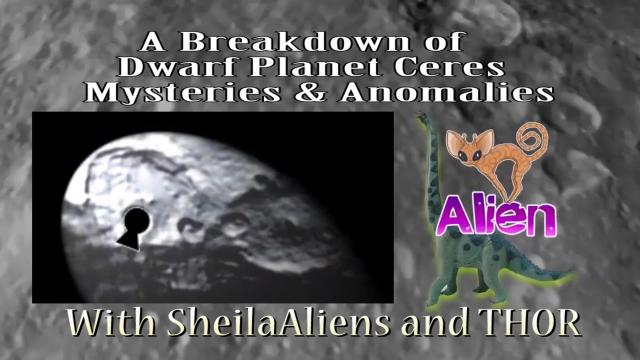
Dwarf planet Ceres Mysteries & Anomalies with SheilaAliens & THOR
Added 801 Views / 0 LikesDwarf planet Ceres Mysteries & Anomalies with SheilaAliens & THOR
-
01:05
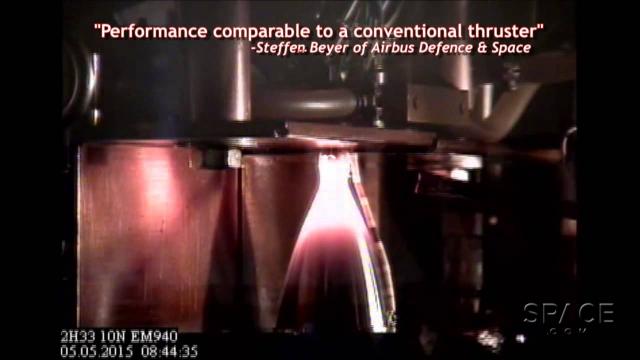
3D-Printed Platinum Spacecraft Thruster Passes Hot-Fire Tests | Video
Added 695 Views / 0 Likes3D-Printed Platinum Spacecraft Thruster Passes Hot-Fire Tests | Video
-
01:11
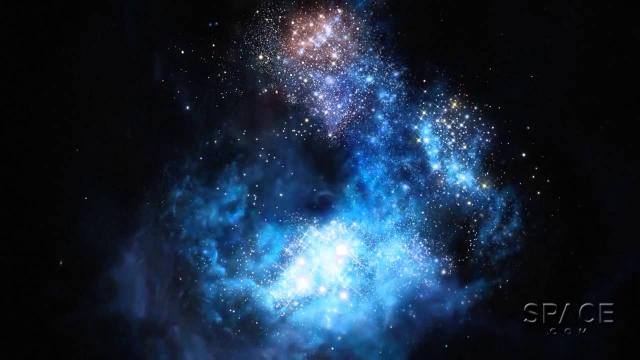
Brightest Young Galaxies Held Biggest Exploding Stars | Artist Animation
Added 709 Views / 0 LikesBrightest Young Galaxies Held Biggest Exploding Stars | Artist Animation
-
02:46
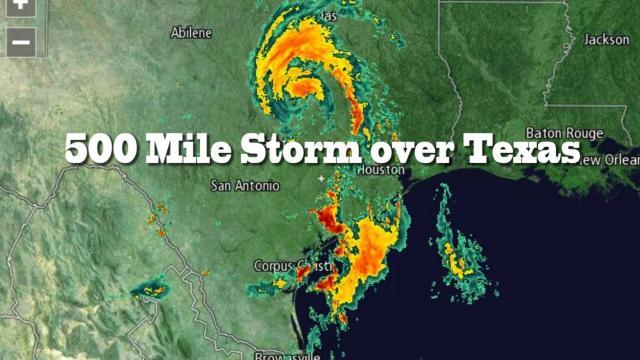
500 Mile Storm over Texas & rain across Plains & NE Coast USA
Added 646 Views / 0 Likes500 Mile Storm over Texas & rain across Plains & NE Coast USA
-
01:22
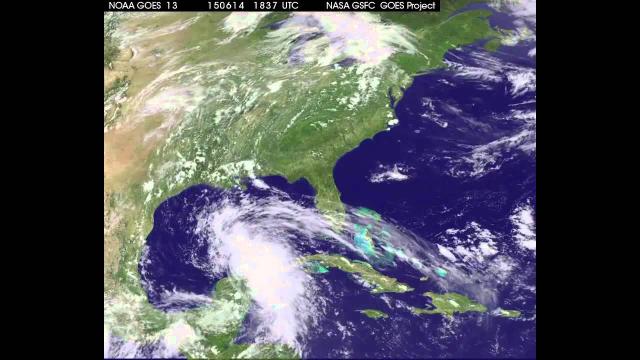
Tropical Storm Bill Seen From Space | Time-Lapse Video
Added 715 Views / 0 LikesTropical Storm Bill Seen From Space | Time-Lapse Video
-
04:47
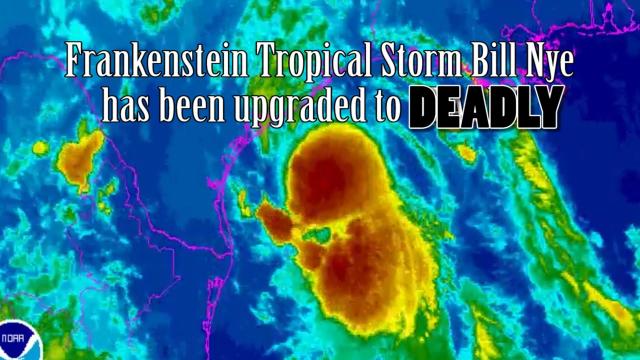
Frankenstein Tropical Storm Bill Nye upgraded to DEADLY.
Added 691 Views / 0 LikesFrankenstein Tropical Storm Bill Nye upgraded to DEADLY.
-
01:47

Texas! Beware Frankenstein Tropical Storm Bill Nye!
Added 687 Views / 0 LikesTexas! Beware Frankenstein Tropical Storm Bill Nye!
-
14:09

The Economy: 0% Interest Rates, IMF & Greece & WTF FIAT?
Added 719 Views / 0 LikesThe Economy: 0% Interest Rates, IMF & Greece & WTF FIAT?
-
04:13
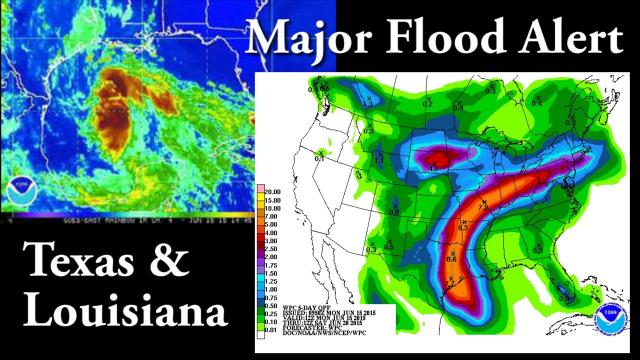
Major Flood Alert for TEXAS & LOUISIANA - Mega Moisture storm rollig in.
Added 846 Views / 0 LikesMajor Flood Alert for TEXAS & LOUISIANA - Mega Moisture storm rollig in.
-
03:30
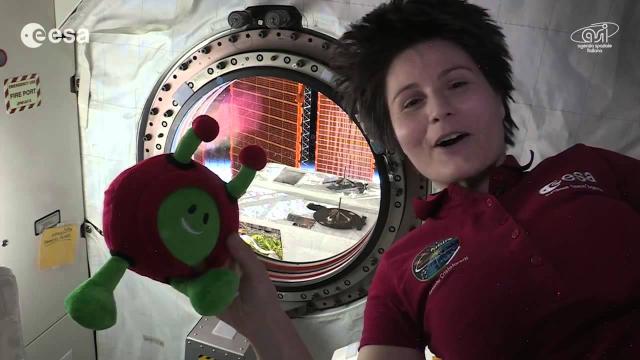
'Twinkle, Twinkle Little Star' Read in Space by ESA Astronaut | Video
Added 537 Views / 0 Likes'Twinkle, Twinkle Little Star' Read in Space by ESA Astronaut | Video
-
05:27
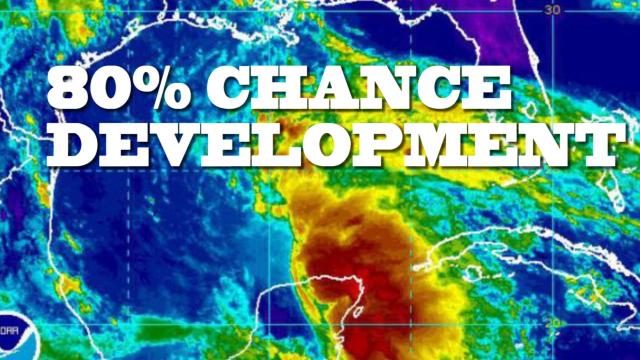
80% chance Gulf Coast storm development & 1 foot of rain for TX coast
Added 798 Views / 0 Likes80% chance Gulf Coast storm development & 1 foot of rain for TX coast
-
07:26

THORnews thoughts on the June 15th Texas EMP story
Added 693 Views / 0 LikesTHORnews thoughts on the June 15th Texas EMP story
-
04:36
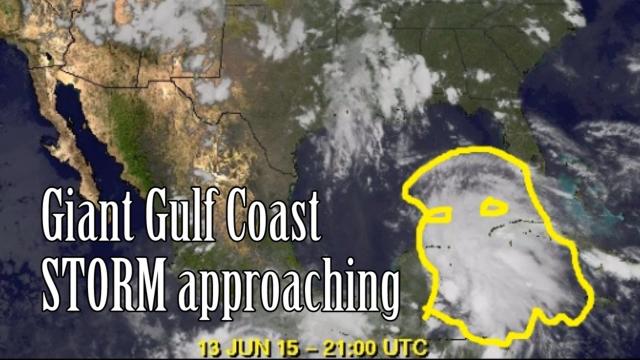
Alert! Texas & Gulf States Severe STORM FLOODING is about to Return
Added 849 Views / 0 LikesAlert! Texas & Gulf States Severe STORM FLOODING is about to Return
-
03:19

IMF Walks out on Greece & DSK is a cleared Pimper & EU discusses default & Merkel
Added 636 Views / 0 LikesIMF Walks out on Greece & DSK is a cleared Pimper & EU discusses default & Merkel
-
07:18

TPP establishes a global Corporate Supreme Court that is above the laws of Nations.
Added 777 Views / 0 LikesTPP establishes a global Corporate Supreme Court that is above the laws of Nations.
-
05:34
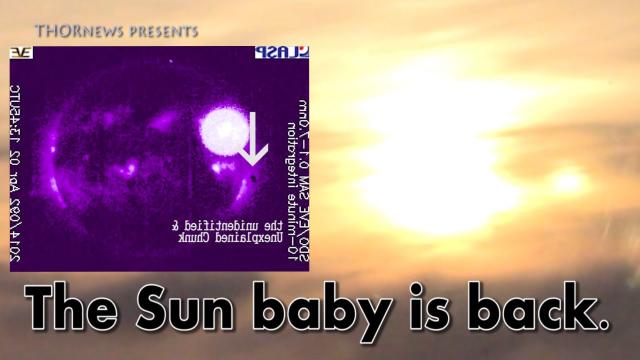
The Sun Baby is back. It looks like the Coronal Crown Cavity has achieved hydrostatic equilibrium.
Added 454 Views / 0 LikesThe Sun Baby is back. It looks like the Coronal Crown Cavity has achieved hydrostatic equilibrium.
-
01:02
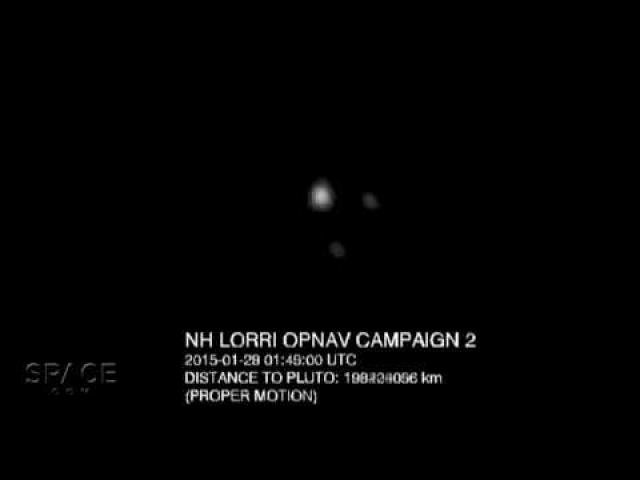
Pluto And Charon Orbital Dance - New Horizons Gets Closer | Video
Added 791 Views / 0 LikesPluto And Charon Orbital Dance - New Horizons Gets Closer | Video
-
01:03
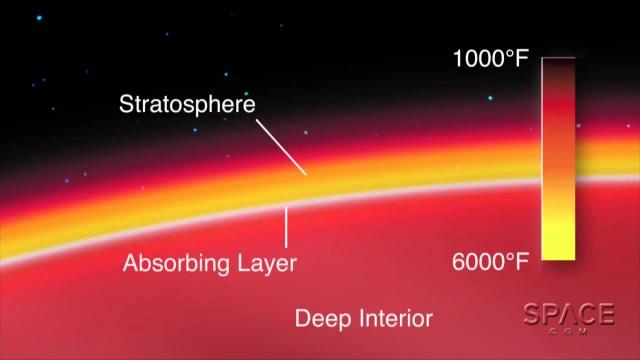
Superhot Alien Planet Has 'Sunscreening' Stratosphere | Video
Added 772 Views / 0 LikesSuperhot Alien Planet Has 'Sunscreening' Stratosphere | Video
-
03:59
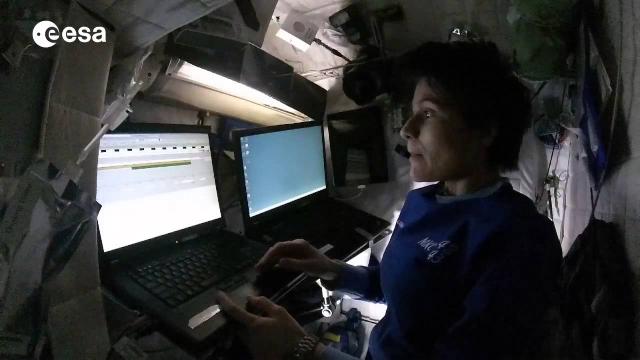
Sleeping On Space Station - Intimate Look Inside The Crew Quarters | Video
Added 573 Views / 0 LikesSleeping On Space Station - Intimate Look Inside The Crew Quarters | Video
-
05:52
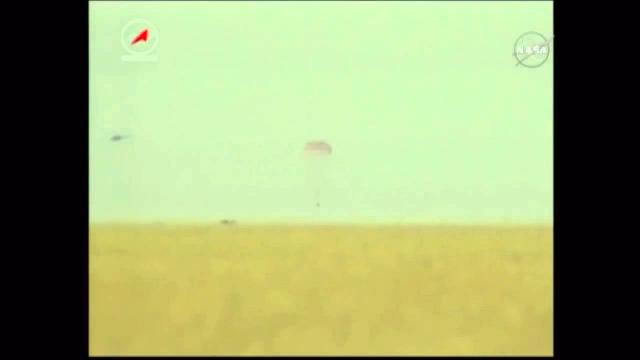
Touchdown! Space Station Expedition 43 Crew Lands In Kazakhstan
Added 740 Views / 0 LikesTouchdown! Space Station Expedition 43 Crew Lands In Kazakhstan
